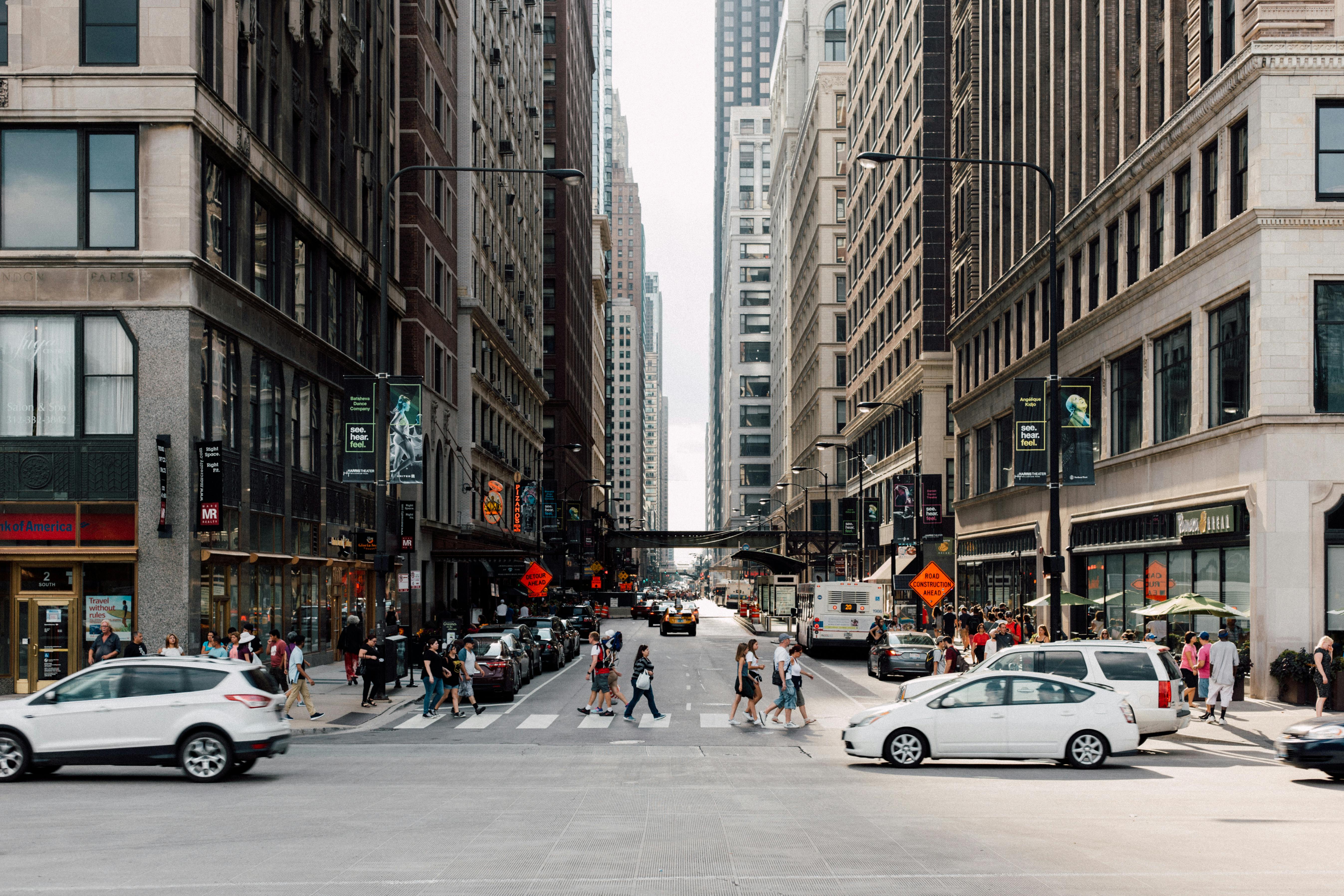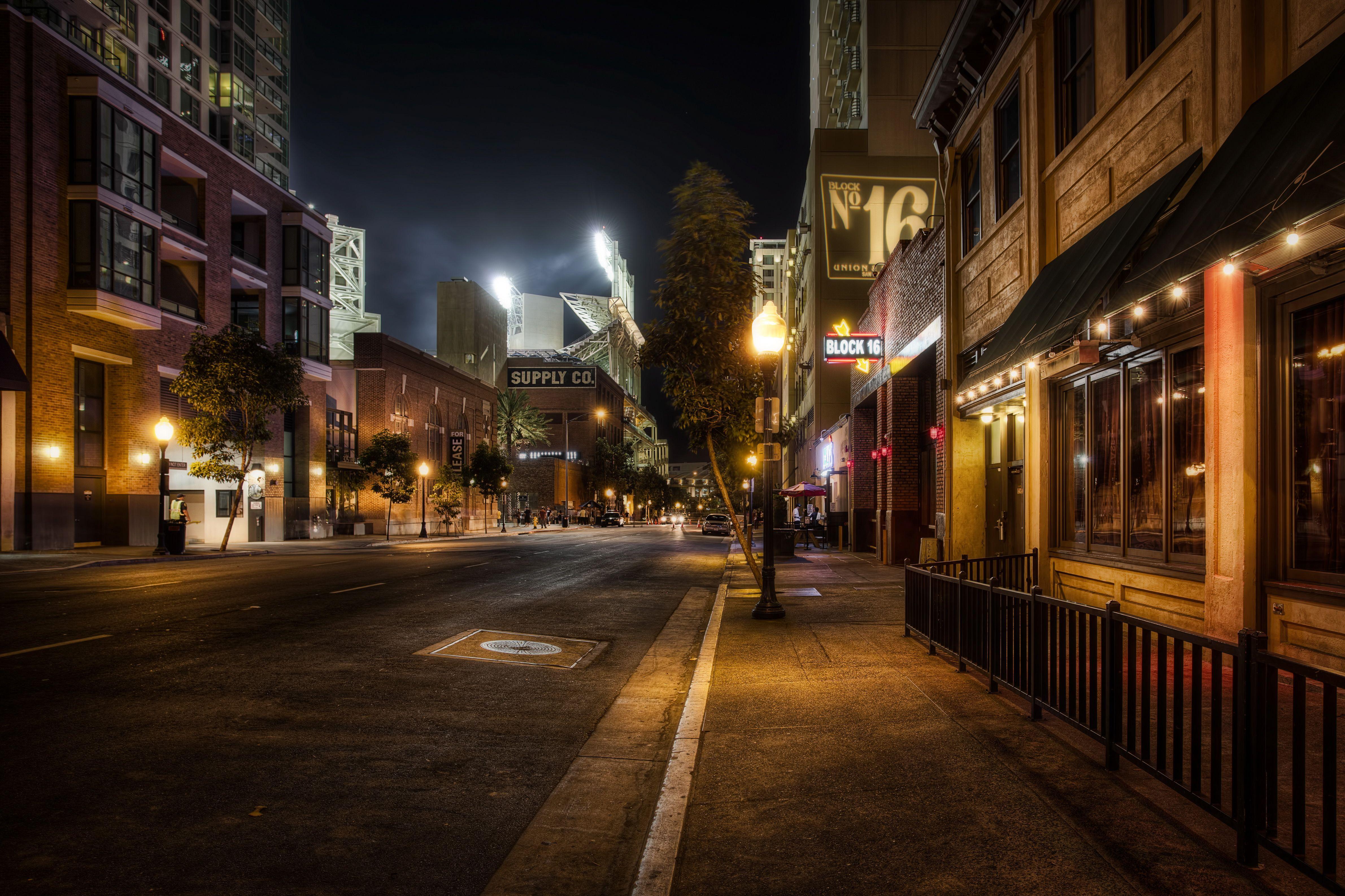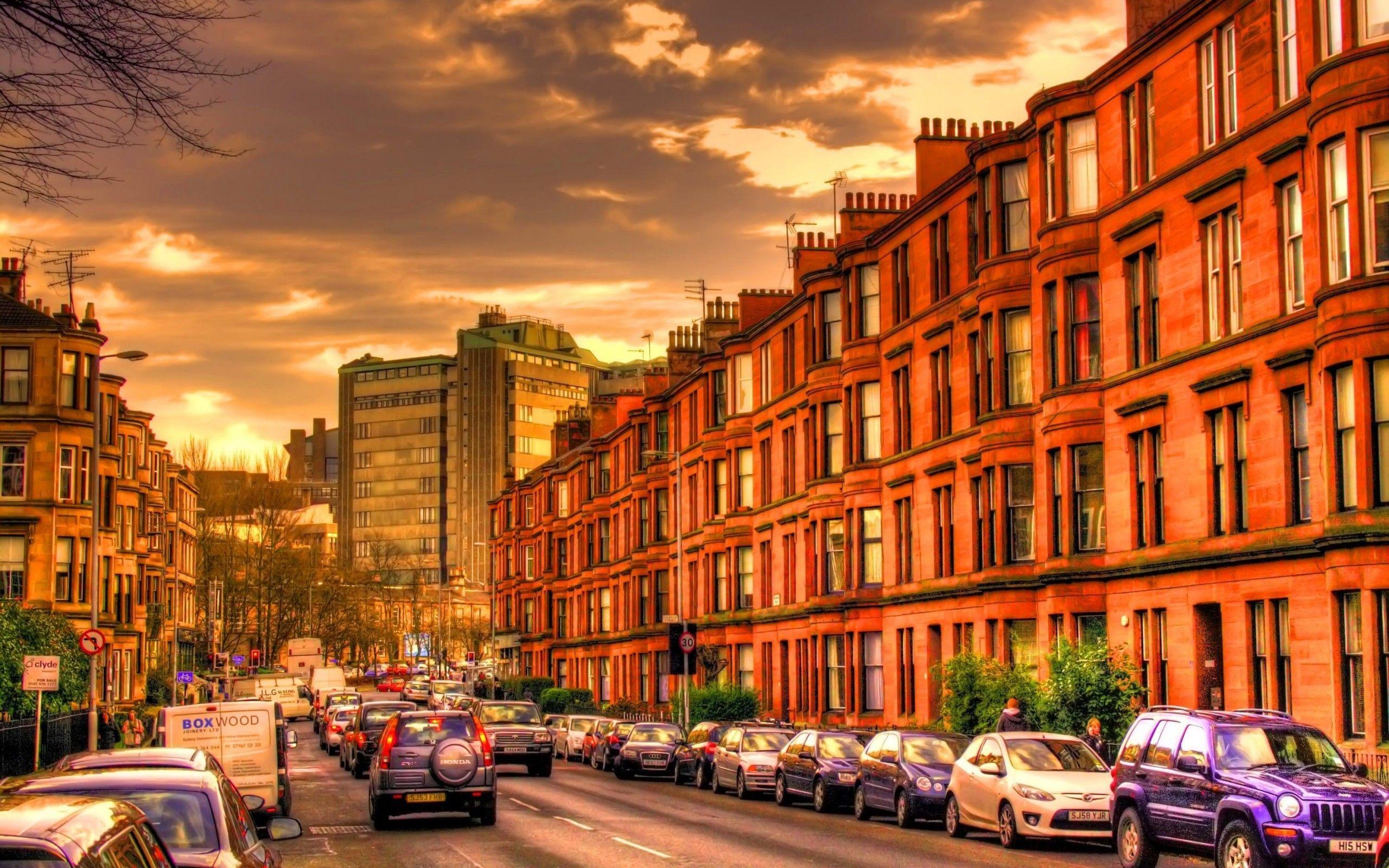Have you ever stopped to think about the quiet heroes who keep our cities running smoothly? It's almost like, we often take for granted the roads we drive on, the sidewalks we walk, and the traffic signals that guide our daily commutes. Yet, behind the scenes, a dedicated team works tirelessly to ensure these vital parts of our urban life are in top condition. This team is usually the street department, a truly essential part of any public works system, and they do so much more than you might imagine.
You see, a city's street network is more than just asphalt and concrete. It's the very backbone of community life, linking neighborhoods, businesses, and emergency services. A well-maintained street system helps people get where they need to go safely and efficiently, which is pretty important, wouldn't you say? These folks, the street department, are the ones who make sure that essential connection stays strong, day in and day out, in a way that truly matters for everyone.
In places like Los Angeles, for instance, the work of the street department is particularly vast. StreetsLA, formerly known as the Bureau of Street Services, is a division within the Public Works Department there, and they work to make LA's street network safe, and functional, for everyone. They are, in fact, the second largest bureau within the Department of Public Works, which is quite a lot of responsibility, wouldn't you agree? So, let's take a closer look at what these crucial teams actually do for our communities.
Table of Contents
- What Does the Street Department Do?
- The Role of Public Works
- Partnering for Safer Communities
- Frequently Asked Questions
- Keeping Our Streets in Top Shape
What Does the Street Department Do?
The street department, or its equivalent like StreetsLA, has a pretty wide range of duties. They are, in a way, the custodians of a city's entire street system. Their core mission, as seen with the Bureau of Street Services, is to properly maintain all streets, aiming for them to be in perpetual good to excellent condition. This means a lot more than just fixing a pothole here and there, you know?
Maintaining the Street System
One of the most visible tasks of the street department is street maintenance. This includes patching potholes, which is, honestly, a never-ending task in many places. They also handle street sweeping, which helps keep our roads clean and free of debris, and that's important for drainage and overall tidiness. For instance, the Massillon street department is responsible for keeping nearly 175 miles of road in good shape, and that includes mowing and trimming the right of way, too.
Paving operations are also a big part of their work. Keeping roads smooth and safe is a key goal, and street departments often share updates on their paving schedules so people can plan their travel accordingly. This systematic approach, like the yearly paving schedule followed by the city of Allentown, helps make sure streets are consistently evaluated and fixed when they need it, which is pretty smart.
Beyond the surface, these teams also manage the city’s pavement preservation programs. This isn't just about fixing what's broken; it's about making sure roads last longer and stay in better shape over time. It's a bit like preventative care for our streets, and that saves money in the long run, actually.
Ensuring Safety and Flow
The street department's work extends to things that guide us as we move around the city. They take care of street lighting, which is vital for nighttime safety and visibility. They also manage street signs, making sure they are clear and correctly placed, and they handle traffic signals, which are, of course, absolutely crucial for managing vehicle and pedestrian flow. All these elements work together to create a safer environment for everyone, which is truly a big deal.
For example, the Los Angeles Department of Transportation, or LADOT, is actively installing safety improvements on major thoroughfares like 3.5 miles of Pico Boulevard. These improvements can include things like bike lanes, lane reconfiguration, and pedestrian safety enhancements. These projects are a clear sign of how street-related departments are constantly working to make our communities safer and more accessible for all users, which is pretty cool.
They also deal with temporary street closures, which happen for events, construction, or even for things like streetery permits. Getting a permit to close a street involves coordination with the department of streets, ensuring everything is handled safely and with minimal disruption. It’s a complex process, but it’s vital for managing public space, you know?
Emergency Response and Community Support
Sometimes, the street department, or related public works teams, are involved in more immediate, critical situations. For instance, crews successfully rescued 31 people who were trapped after a tunnel collapsed in L.A.’s Wilmington neighborhood. This shows how public works, including street services, can be called upon for emergency response, working alongside fire departments and other first responders. It's a bit of a serious reminder of their varied roles.
They are also often a first point of contact for citizens who need to report issues. Whether it’s a broken traffic light or a large pothole, people call on these departments to take care of problems that affect their daily lives. This direct interaction highlights their role as a service provider right at the community level, which is very important for local residents.
Infrastructure Management and Planning
Beyond the day-to-day fixes, street departments are deeply involved in planning and managing a city's infrastructure. They are responsible for strategically managing and maintaining much of the infrastructure in the city. This includes coordinating the bidding of public works contracts and the solicitation of professional services contracts for the department. This ensures that projects, big or small, are carried out efficiently and effectively, which is a really important administrative task.
The Department of Public Works, which often oversees the street department, is responsible for the design, construction, renovation, and operation of a huge range of public projects. This can go from bridges to wastewater treatment plants and even libraries. So, the street department is a key part of this much larger system that builds and maintains the very fabric of our urban environment, you know, it's quite a comprehensive effort.
The Role of Public Works
The street department is just one part of a larger public works department, which typically consists of thousands of employees. In Los Angeles, for example, the Department of Public Works has more than 5,500 employees. This large team is dedicated to providing essential services to the community, striving to do so efficiently. They are, quite honestly, the backbone of urban functionality, making sure everything from water to waste is handled properly, and that's a big job.
These departments are built on the idea of serving the public, and their work directly impacts the quality of life for residents. They aim to achieve their goals by implementing best practices in all their operations. This commitment to excellence means that they are always looking for ways to improve services and make the city a better place to live and work, which is pretty commendable, if you ask me.
Partnering for Safer Communities
The work of the street department isn't done in isolation; it often involves partnering with other city agencies and the community itself. For instance, improving street safety sometimes means working with the police department. Knowing where your local police station is located can be helpful, and some city services even allow you to enter your address to find it. This kind of inter-departmental cooperation is, in a way, what makes a city truly function well.
Even things like a gun potentially falling out of a squad car onto the streets of Los Angeles, as the sheriff’s department once admitted, highlight the shared responsibility for street safety and cleanliness. All city departments, from law enforcement to public works, play a part in maintaining a safe and orderly public space. It's a collective effort, really, to build safer communities throughout the city, which is something we can all appreciate.
The public affairs office of the city of Los Angeles Department of Public Works is also a point of contact for news media, showing their commitment to transparency and communication. This open approach helps keep the public informed about ongoing projects and services, which is pretty helpful for everyone who lives there.
Frequently Asked Questions
What is the main purpose of a street department?
The main purpose of a street department is to manage and maintain a city's street network. This includes keeping roads in good condition, ensuring safety through proper lighting and signage, and supporting overall urban infrastructure. They work to make sure that streets are safe and functional for everyone, and that's a really big part of their job, you know.
How can I report an issue to the street department?
You can usually report an issue to your local street department by contacting your city's public works department. Many cities have online portals or dedicated phone numbers for reporting things like potholes, broken streetlights, or damaged signs. They are often a first point of contact for citizens needing help with street-related problems, so it's usually pretty easy to find how to reach them, actually.
What is the difference between a street department and a department of transportation?
While their work often overlaps, a street department typically focuses on the physical maintenance and condition of roads, sidewalks, and related infrastructure. A department of transportation (like LADOT) often has a broader scope, managing traffic flow, public transit, and transportation planning, including things like bike lanes and pedestrian safety improvements. So, the street department handles the "bones" of the road, while the transportation department manages how people use those bones to move around, which is a bit of a difference, you see.
Keeping Our Streets in Top Shape
The street department, whether it's StreetsLA in Los Angeles or a similar division elsewhere, truly is an unsung hero of urban life. Their daily efforts, from patching potholes to managing complex infrastructure projects, directly contribute to the safety, efficiency, and overall quality of our communities. They are, in a way, the silent guardians of our daily journeys, making sure we can all get where we need to go without too much trouble.
Understanding their services, from street maintenance to coordinating public works contracts, helps us appreciate the intricate web of services that support our cities. To find out more about the specific services offered in your area, you can usually check your local city's official website. For instance, you can learn more about local city services on our site, or even check out this page for more detailed information about how public works operate. They truly work hard to keep everything in good shape for us, and that's something to think about, really.
Next time you drive on a smooth road, or see a street sweeper at work, take a moment to consider the vital role the street department plays. They are constantly working to maintain our streets in "perpetual good to excellent condition," which is a pretty ambitious goal, but one they strive for every day. Their commitment helps build safer communities and keeps our cities moving forward, which is pretty amazing, if you think about it.
For more insights into how cities manage their infrastructure, you might find it helpful to look into the broader field of urban planning and public administration. Many resources are available online, such as articles from the American Public Works Association, which offer a deeper look into the standards and practices that guide these essential services. It’s a fascinating area, and there’s always something new to learn, you know?



